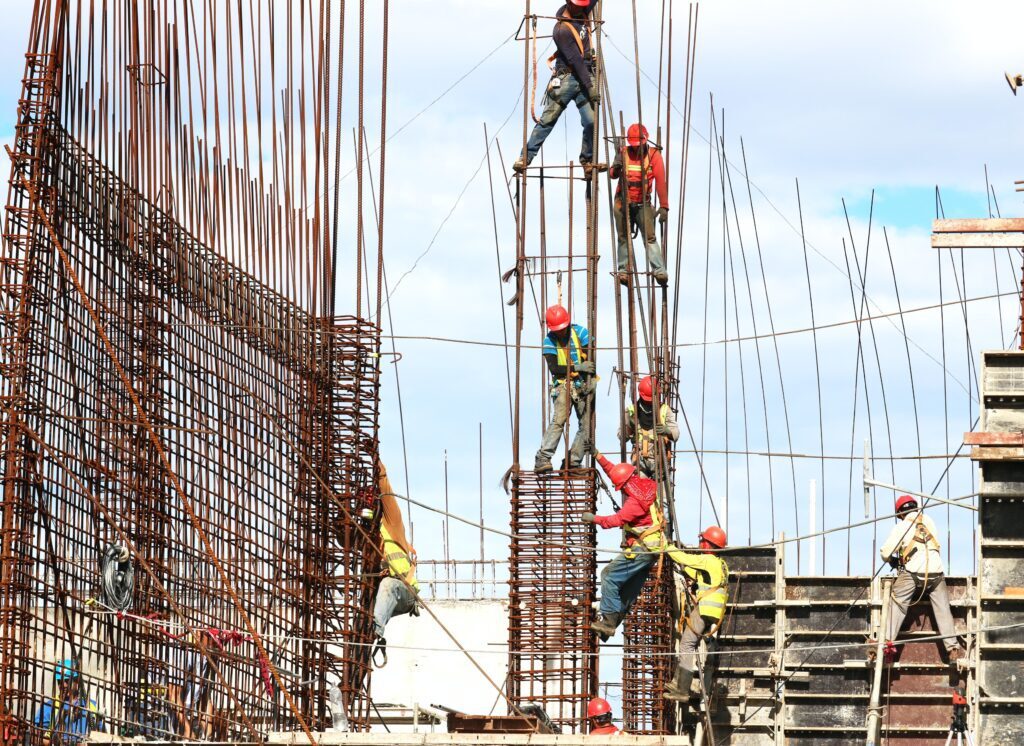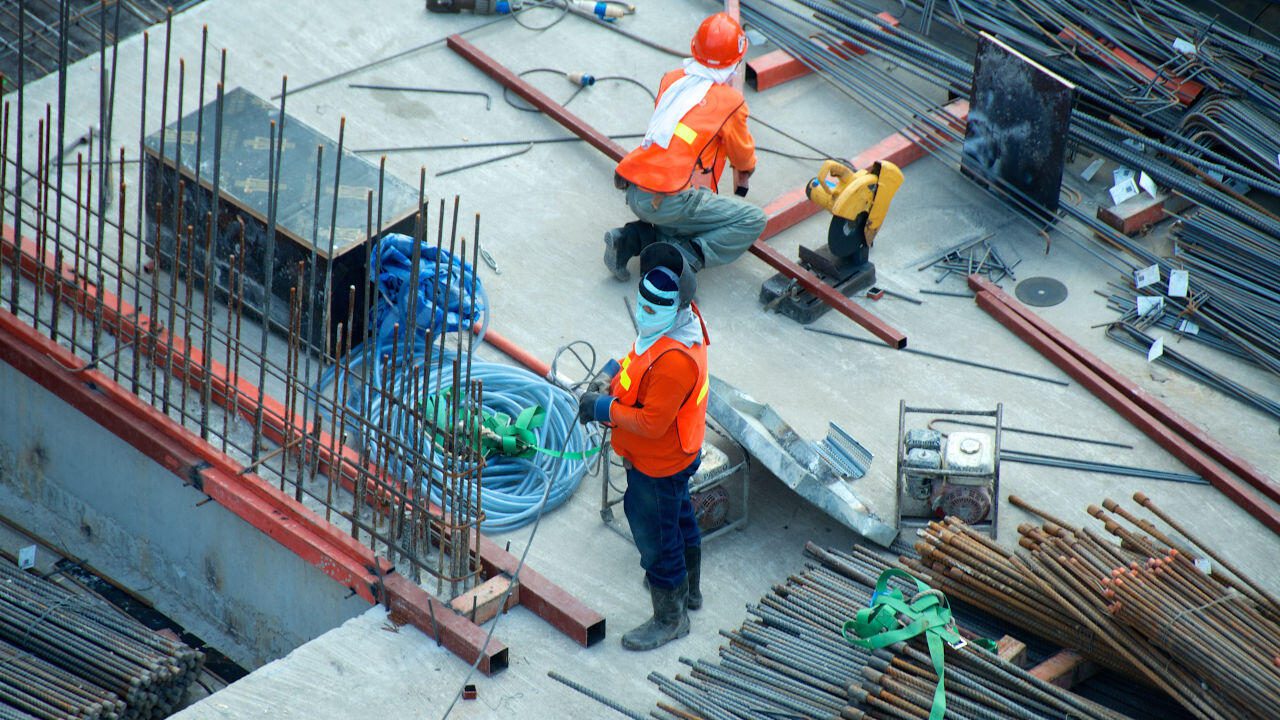Construction works bear a lot of complexities and therefore need expertise and reasonable care of all the workmen in charge of the projects. If due diligence is not performed, it can lead to some defects in the construction work, which can damage the property and cause injury to people. Construction works can come in buildings, roads, bridges, airports, sewer systems, etc.
When dealing with construction cases, it is crucial to know the role visual evidence can play in bringing your claim to life. Legal Arts (2020), in an article titled, How to Sell your Construction Defect Outcome with Visual Proof, talked about how visual evidence can tip the story in your favor. It was explained that “whether a suspected condition is defective might be an interpretation that visual evidence can tip one way or the other.” Presenting construction facts orally can be ineffective because you may not be able to paint the picture accurately by only word of mouth; visual evidence is needed.

Roles and Formats
Visual evidence can be in different formats, and they have different roles they play in helping construction cases. They can be used together or separately. However, if you want to make a big impression of your construction case, it is essential to take note of the best of all the demonstrative evidence and put it to your use. Tait (2007), in his article, Rethinking the Role of the Image in Justice: Visual Evidence and Science in the Trial Process expatiates on the roles of visual evidence in court. He explained that visual evidence “provides both a structure to interpret the truth correctly and a reminder of the key facts relevant to making an appropriate decision.”
In adducing visual evidence as demonstrative evidence, there are different available options that, if effectively combined, will pass the message loud and clear to the court. Visual evidence can come in the form of videotapes, diagrams, photographs, x-trays of injuries, graphs, charts, and most of all, construction animations. In a construction accident case, for example, you can combine graphs, photographs, x-rays, and animations. This will help to give maximum clarity to your claim.
The use of graphs and charts can play an important role in a construction case. James Publishing (2014), in an article titled, Using Charts, Diagrams, Graphs and Maps in the Courtroom, asserts that these methods of adducing evidence “breaks the monotony of the witness’s testimony and allows the witness to repeat essential evidence in a way jurors can visualize.” Charts and graphs are good, but nothing beats the use of animations in construction cases. This is because charts and graphs do not have the quality to show the progression of an occurrence like animations do.
Construction Animation
Construction animations help to establish a flow of actual events. For example, it can show the depreciation of a building over time, the weakening of a structure, the cause of the accident, and how it progresses.
Furthermore, animations not only tell what happens in a particular case; they can also show how the events played out and the repercussions of such events. Precise (2016), in their article, How Animations Can Aid Your Litigation, stated that “animations don’t just help you recreate the scene; they can also show the implications of the event.” While the lawyer can use animations in adducing evidence, the expert witness can also use it effectively.
While rendering the expert testimony, the expert can combine the effects of charts, graphs, and diagrams into a good trial animation. This would help them to demonstrate his witness without confusion. The ability to explain complex situations to the jury is a crucial one, and one way to seamlessly do that is through construction animations.
To wrap things up, no method of adducing visual evidence is wrong. However, one is more effective than the other. This is why you should consider using trial animation in your next construction case. You can also use a combination of all the forms without leaving out your best weapon; animation.





